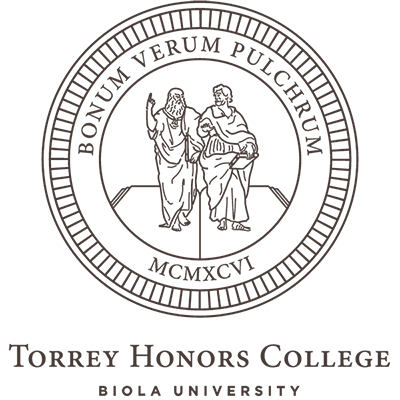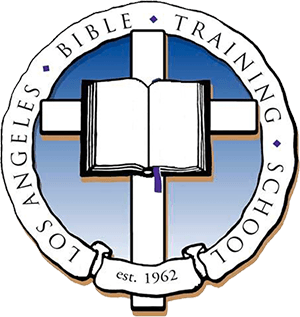A scene from the Leben der heiligen Altväter (1482)
The Nicene Line ExplainedThis is the Most Important Line in Christian Theology
This is from the Spring 2025 DC-area conference called The Trinity: 1700 Years After Nicaea, sponsored by Credo and Sola Media. Thanks to Sola for selecting this portion, and editing it well.
(This resource works best as a video, with graphics and handwaving and pauses. But I also wanted to make it available in writing. So here is the transcript generated by YouTube, cleaned up by Grok, and then edited by me to read a little better than what I say in the vid.)
I want to show you now the Nicene Creed: It’s a little bit longer than the Apostles’ Creed, and specifically we want to zoom in on the things that are new here compared to the Apostles Creed—but don’t get tricked into thinking what’s new is best. The old stuff is also here, and it’s really good. Everything below that red line is a story of the life of Jesus, roughly even as the same sort of data points that we picked out from the Apostles’ Creed. Pretty much the same.
But what is all that stuff above that red line? Well, what you’ve got above that red line is material about who this person is who does these things that happen in the story. So this is a great section where Nicene Creed, for reasons of combatting contemporary heresy, has to insist on identifying very carefully who it is who does these things that the normal creed recites.
I call this red line that I just drew on my digital copy of the Nicene Creed the Nicene Line. I consider it to be the most important line in Christian theology. It is the line that separates the story of Jesus from the grounding truth of who the person of Jesus Christ is.
Because one way to put this is: In the Apostles’ Creed, in a simpler version, what you get is “we believe in his only Son our Lord Jesus Christ;” it’s a series of titles taken from Scripture. So you have those titles and then you go straight into the narrative.
The Nicene Creed, on the other hand, knows there’s trouble and that it needs to actually introduce you to the character before he carries out his work.
So in the Apostles’ Creed, that narrative core gets you the adventure, gets you our hero doing the thing. The preface to it in the Nicene Creed introduces the character and grounds his identity. And crucially, it grounds his identity in deity, and in his relation to the Father.
So in that sense, starting just with “he was conceived by the Holy Spirit, born of the virgin Mary” starts you out well, but you could come along and ask, “who exactly was that who was conceived of the Holy Spirit and born of Mary?” The Nicene Creed comes along and says, “Boy do I have something to tell you about exactly who that is.”
Here’s the great thing about the Nicene line. It tells you a prologue in heaven. It tells you what it is to be God, who God is, and then it tells you what that person does. The fact is that in order to tell the story, you have to do something kind of horizontally oriented, like a timeline. But then in order to identify the height and depth of who this person is, you have to sort of go vertical, go up (at least in my diagram).
I think that’s telling. The Son of God becomes incarnate: he does the work he does, is who he is for us, among us, for our salvation. But that narrative, that horizontal line is intersected by a descending line because the one who is eternally with God came down from heaven and did this thing. And you need both in terms of Bible reading skills. You need to be able to follow the story, tell it intelligently, give the moral of the story, trace it all out. But you also need to be able to step back and say, “We are dealing here with a character who doesn’t just live inside this story. This is a character that we have to think of in larger terms. I don’t know if you want to call these other ways of thinking philosophical ways of thinking, or metaphysical ways of thinking, but you have got to step back and say: “If I start this story at Christmas, that’s too late. If I start this story nine months before Christmas, that’s too late.” The son of God preexists his work for us as Jesus Christ. The eternal life of the second person of the Trinity is older than the life of Jesus Christ incarnate.
Here’s the trick. It’s a simple word: pre-existence. So, if you’re taking notes and getting theology words, pre-existence is the word. It’s a pretty easy word to say, but it’s a mind-blowing thought to think because he pre-exists his life among us in the flesh. Not by a couple days, not by a couple weeks, not by a couple thousand years. He pre-exists incarnation infinitely, eternally. The son of God is as much older than the incarnation as God is older than creation.
So, you’re trying to think, “How far back do I have to start this story?” And you’ve got to start it before there’s stories. You’ve got to start it when there’s just God. We could say more about that! But this is the scope of what we’re trying to deal with here. The Nicene Creed comes in from all the way above and says, “Let me introduce you to the one who does this work.”
 Fred Sanders
Fred Sanders

